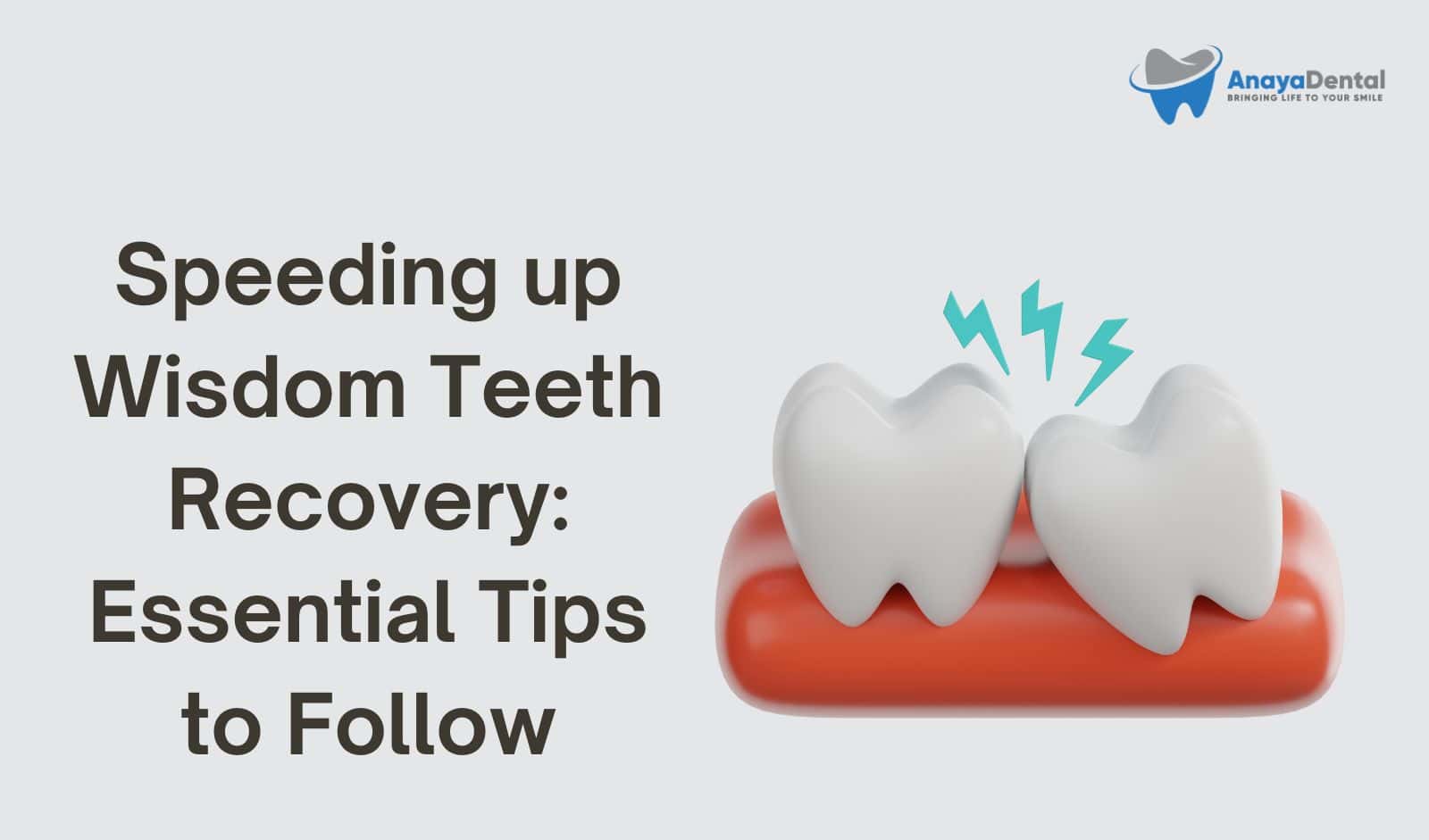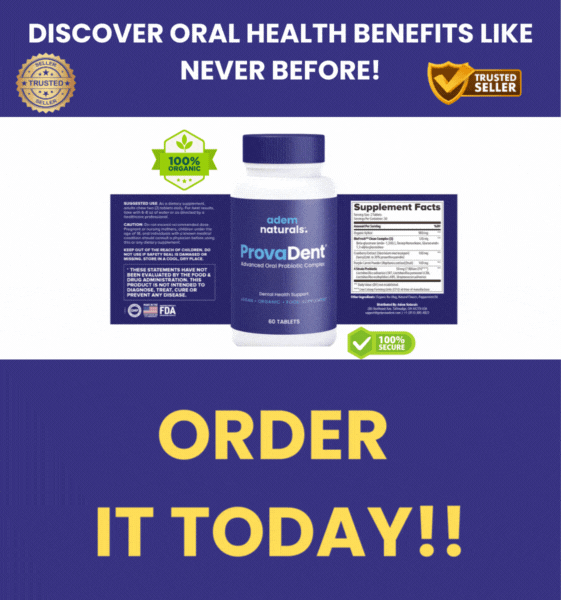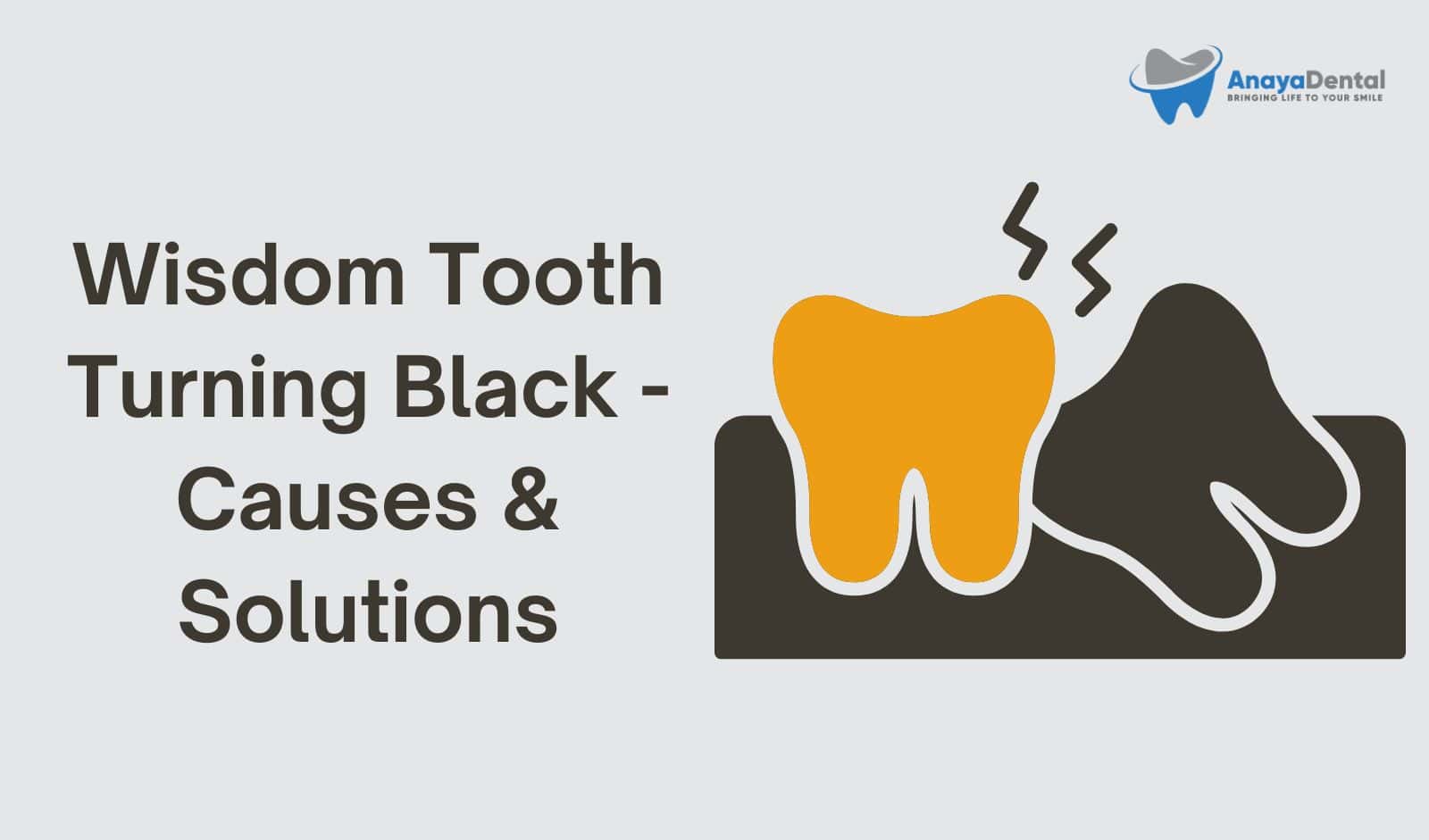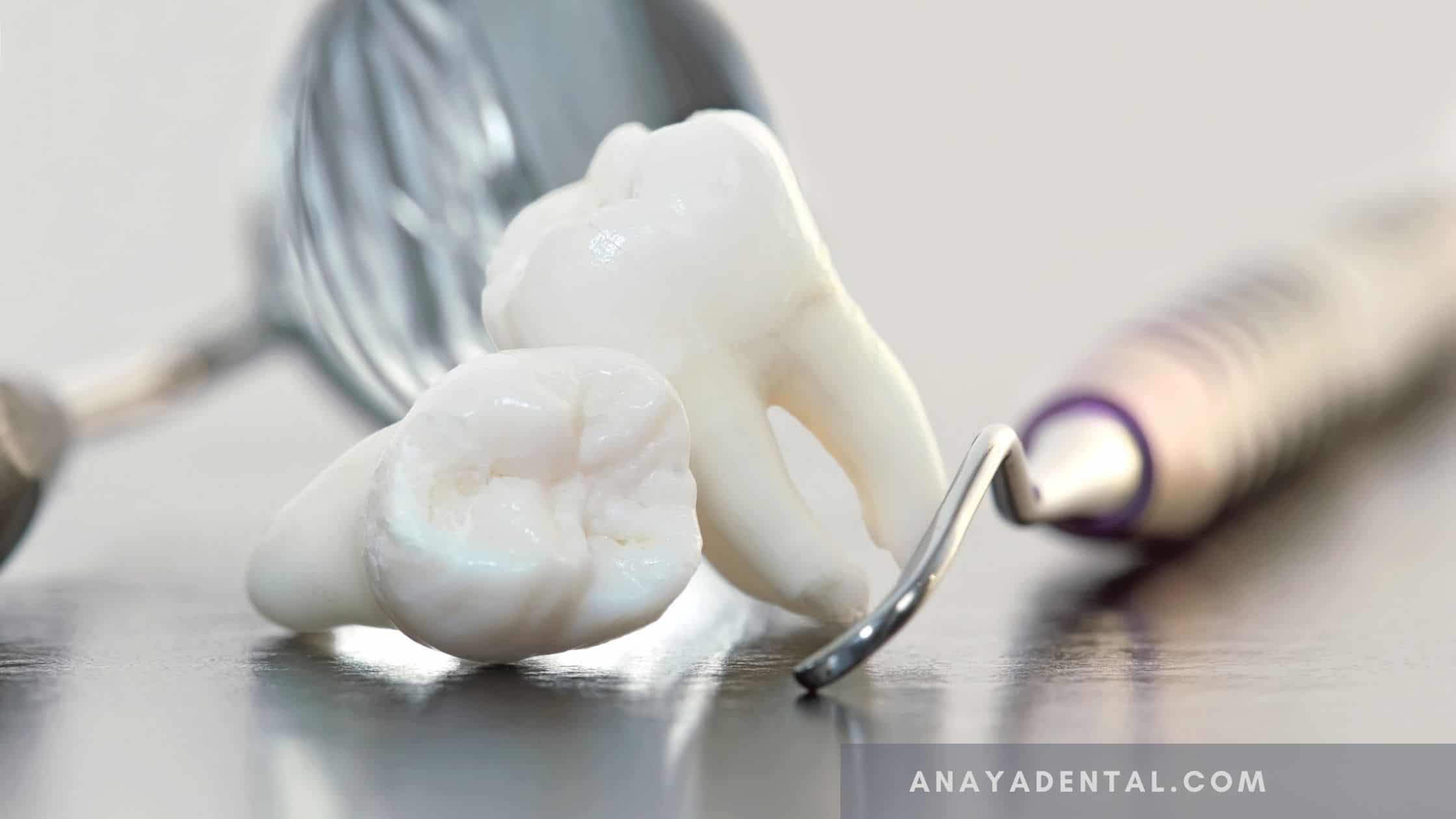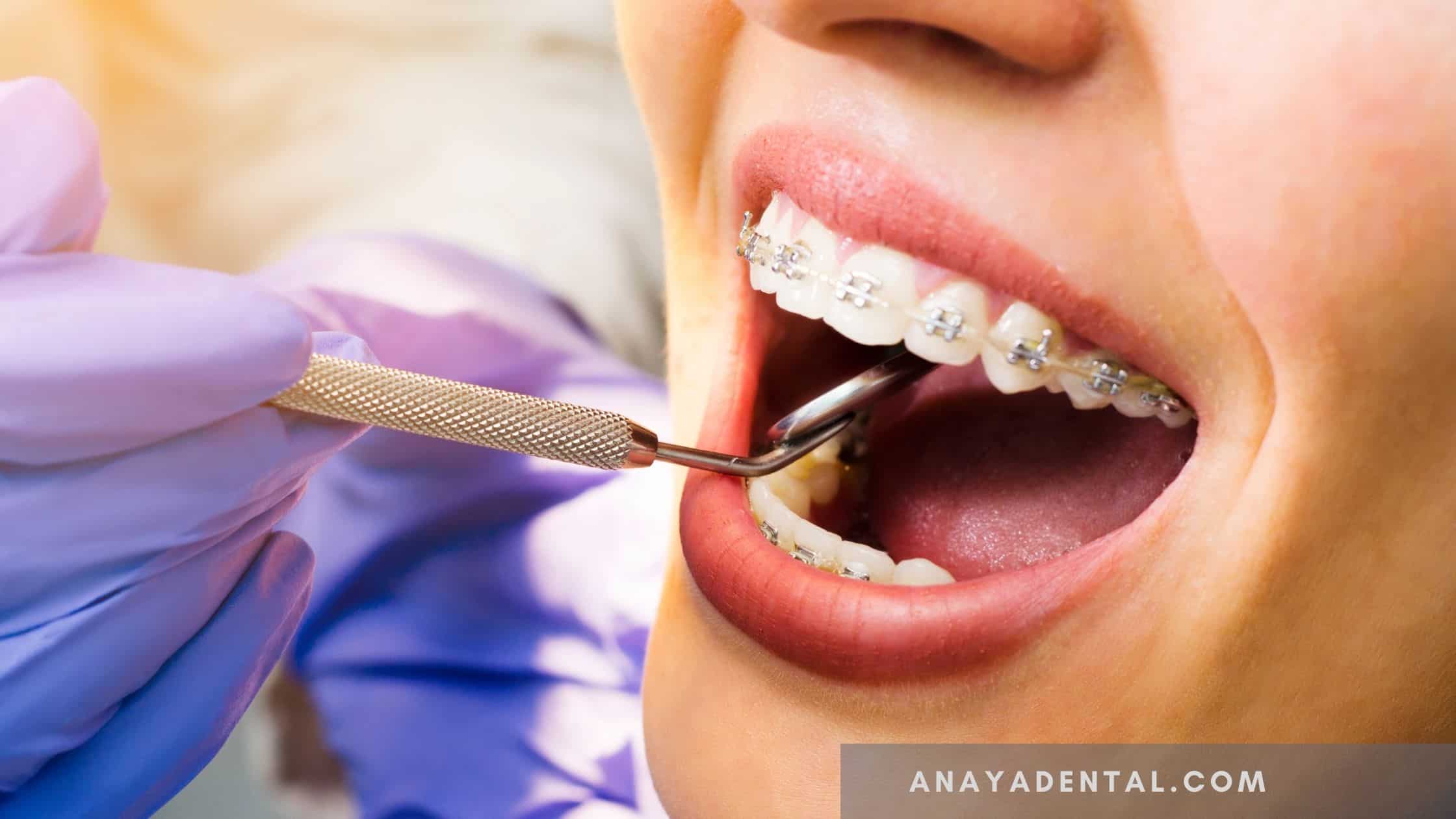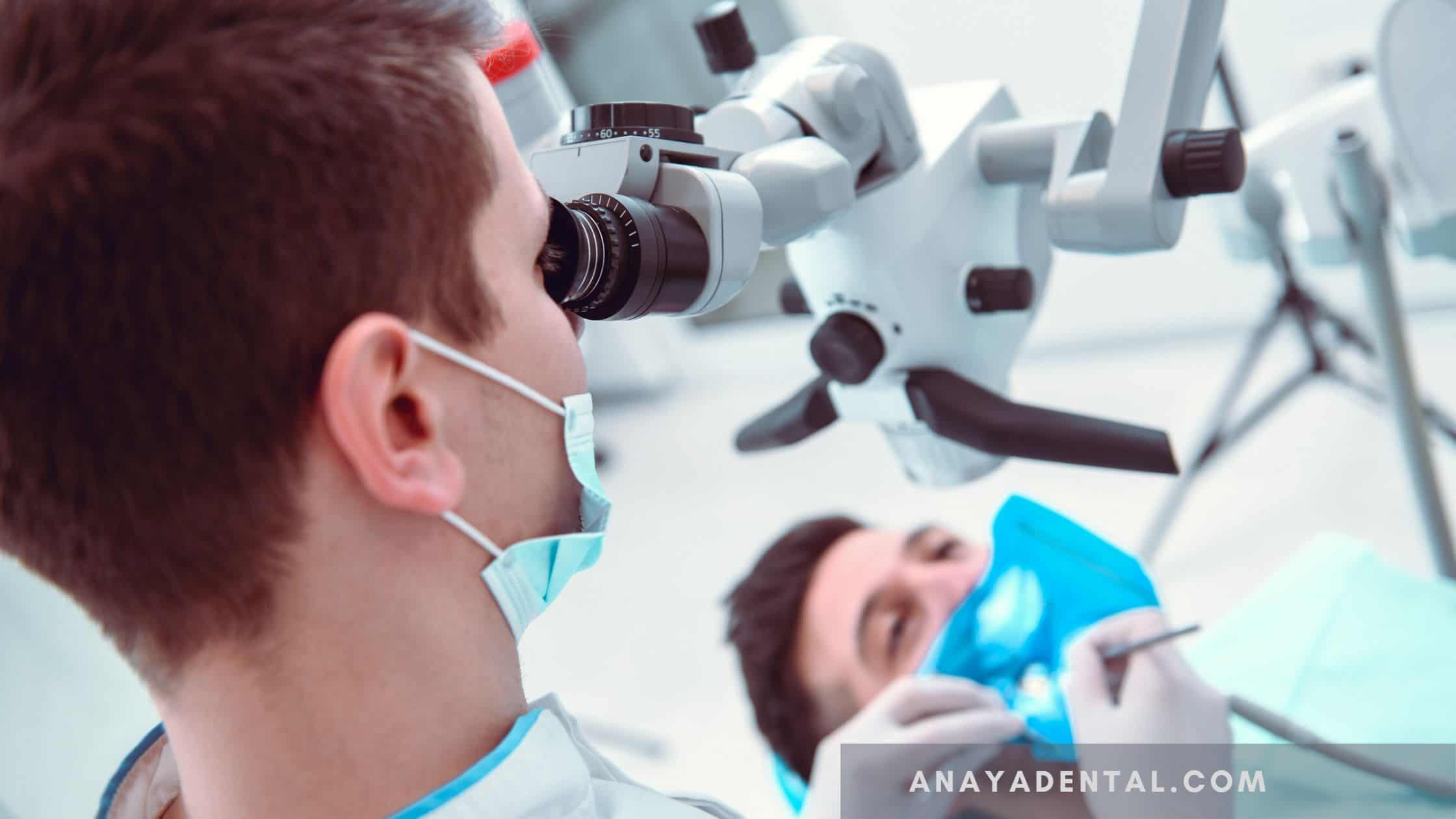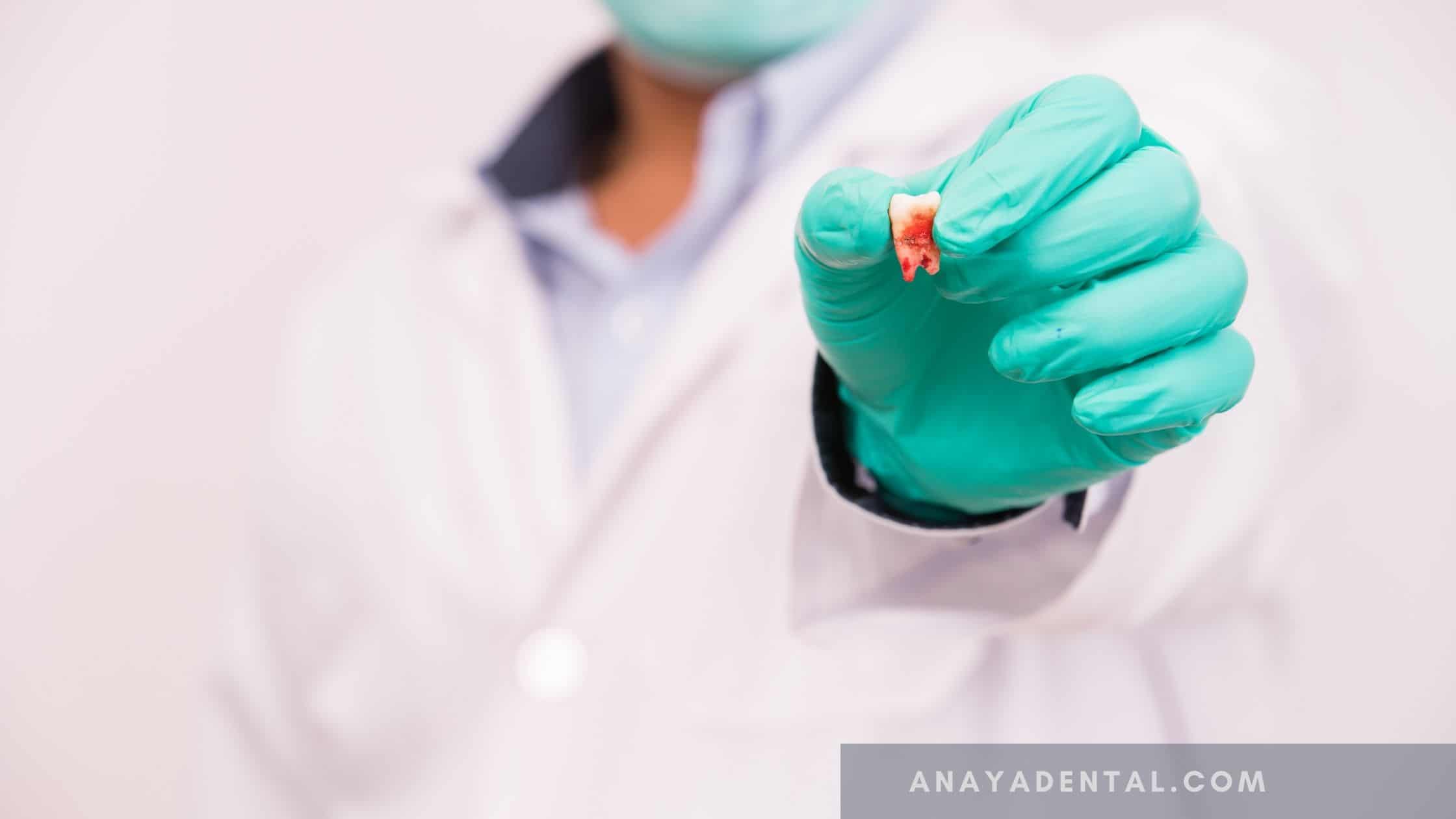Wisdom Teeth Recovery: A Comprehensive Guide
Wisdom teeth, also known as third molars, are the last set of adult teeth to erupt in the mouth. These teeth typically appear between the ages of 17 and 21. For many people, the arrival of wisdom teeth is problematic due to the lack of space in the jaw, leading to the need for their removal. In fact, approximately 5 million people in the United States undergo wisdom tooth extraction every year, with over 85% of individuals having their wisdom teeth removed at some point in their lives.
In this detailed guide, we’ll walk you through everything you need to know about wisdom teeth recovery, including what to expect on the day of surgery, recovery tips, potential complications, and the best ways to manage pain and discomfort. Let’s dive into it.
Key Takeaways:
- Recovery time for wisdom teeth removal typically lasts 3-4 days, with full recovery taking up to two weeks for complex extractions.
- Pain and swelling are expected in the first 3 days, but the discomfort usually subsides with proper care and pain management.
- Following surgeon instructions and implementing post-surgery care, such as icing the jaw, avoiding strenuous activities, and sticking to a soft food diet, will speed up recovery.
- Dry socket is a common complication but can be avoided by taking the proper precautions.
- Hydration and nutrition are critical during recovery, and options like coconut water can help replenish electrolytes and reduce inflammation.
Understanding Wisdom Teeth and Why They Are Removed
Wisdom teeth are the final set of molars that grow at the back of the mouth. For some, these teeth may erupt without any issues. However, in most cases, there isn’t enough room in the jaw for these teeth to fit properly. As a result, they may become impacted, leading to pain, infection, and damage to surrounding teeth. Impacted wisdom teeth are one of the main reasons why dentists recommend removal.
Try Our Dental Calculators
Common Reasons for Wisdom Tooth Removal:
- Impaction: When the wisdom teeth don’t have enough room to emerge or develop normally, they may become trapped in the jawbone or gums.
- Crowding: Wisdom teeth can push other teeth out of alignment.
- Infection: If a wisdom tooth partially emerges, it can leave the area susceptible to bacterial infection.
- Damage to nearby teeth: Impacted wisdom teeth can press on neighboring teeth, causing pain or structural damage.
Day of Surgery: What to Expect
Wisdom tooth removal is generally an outpatient procedure that lasts about 45 minutes or less. Whether your surgery involves impacted teeth or not will determine the complexity of the procedure and how it’s handled.
Types of Anesthesia
Depending on the complexity of your surgery, you’ll be given one of the following anesthesia options:
- Local Anesthesia: For simple, non-impacted wisdom tooth extractions, a local numbing agent is used. You’ll remain awake but will not feel pain.
- Sedation Anesthesia: This option makes you drowsy but not entirely unconscious. It is often used for more complex extractions.
- General Anesthesia: For surgeries involving impacted wisdom teeth or multiple extractions, general anesthesia is used. You’ll be completely unconscious during the procedure and may take longer to recover.
After the Surgery
When you wake up after surgery, you may feel drowsy, particularly if you were under sedation or general anesthesia. Numbness in the mouth will last for several hours after surgery, and mild bleeding is normal during the first 24 hours.
Key Post-Surgery Instructions:
- Rest: Plan to spend the rest of the day resting, avoiding any physical exertion.
- Gauze pads: You will be provided with gauze pads to control bleeding. Change them every 30 minutes to 1 hour as directed by your dentist or surgeon.
- Pain management: Take prescribed pain medication or over-the-counter alternatives, such as ibuprofen, as soon as possible after surgery to manage pain effectively.
- Ice application: Ice the side(s) of your jaw where the teeth were extracted to reduce swelling.
Wisdom Teeth Home Care: Dos and Don’ts
To facilitate a smooth recovery process and minimize the risk of complications, it’s important to follow the right home care routine. Below are some simple guidelines to ensure proper healing.
Do’s for Wisdom Teeth Recovery:
- Take prescribed pain medications immediately after surgery to avoid severe discomfort.
- Change gauze pads every 30 minutes to an hour, and remove them completely after 2-3 hours or as directed.
- Use ice packs for the first 24-36 hours to reduce swelling.
- Eat soft foods such as mashed potatoes, applesauce, and soups to avoid irritating the extraction site.
- Stay hydrated by drinking plenty of water.
- Elevate your head with a wedge pillow during sleep to reduce swelling.
- Brush your teeth carefully starting on the second day, but avoid the extraction site.
Don’ts for Wisdom Teeth Recovery:
- Avoid brushing or flossing the extraction site for the first 24 hours.
- Do not smoke for at least 5-7 days, as it increases the risk of dry socket.
- Avoid using a straw to drink for the first three days, as sucking can dislodge the blood clot and lead to dry socket.
- Refrain from spitting or rinsing your mouth vigorously for the first 48 hours.
- Avoid hard, sticky, or crunchy foods during the healing process.
- Limit physical activity such as exercising, lifting heavy objects, or engaging in strenuous work for at least 3-4 days.
Tips for Fast Wisdom Teeth Recovery
While recovery from wisdom teeth removal typically takes 3-4 days, following certain best practices can help speed up the healing process and reduce the risk of complications.
1. Prevent Dry Socket
Dry socket is one of the most common complications of wisdom tooth extraction. It occurs when the blood clot at the extraction site becomes dislodged, exposing the underlying bone and causing severe pain. To prevent this:
- Avoid drinking from a straw.
- Do not smoke or use any sucking motions.
- Be gentle when changing gauze pads.
- Eat soft foods and avoid spicy or hard foods.
2. Elevate Your Head While Sleeping
Keeping your head elevated helps reduce blood flow to the extraction site, minimizing swelling and throbbing. Use a wedge pillow or stack several pillows to keep your upper body at a 45-degree angle.
3. Ice Your Cheeks
Applying ice packs to your cheeks for the first 36 hours after surgery is a great way to reduce inflammation. Ice in intervals of 20 minutes on and 20 minutes off.
4. Rinse with Warm Salt Water
After the first 24 hours, gently rinse your mouth with warm salt water to keep the surgical site clean. This helps to prevent infection and encourages healing.
5. Massage Your Jaw
Wisdom tooth extraction can leave your jaw muscles feeling sore, especially if your mouth was held open for an extended period. Gently massaging your jaw can help relieve tension and improve mobility.
Foods to Eat After Wisdom Teeth Removal
Eating the right foods during recovery is essential to avoid irritating the surgical site and to ensure you’re getting enough nutrition.
Best Foods for the First 24 Hours:
- Applesauce
- Mashed potatoes
- Smoothies (without a straw)
- Yogurt
- Bone broth or light soups
Soft Foods for Days 2-3:
- Scrambled eggs
- Oatmeal
- Soft pasta
- Avocados
- Cottage cheese
Avoid:
- Hard, sticky, or crunchy foods like nuts and chips.
- Spicy or very hot foods that can irritate the site.
Potential Complications and How to Avoid Them
While most people recover from wisdom teeth removal without major issues, certain complications can extend the healing time or lead to additional pain and discomfort.
Dry Socket
As mentioned earlier, dry socket occurs when the blood clot is dislodged, exposing the bone and nerves. Symptoms include severe pain and a bad taste in the mouth. The risk of dry socket peaks on days 2-3 after surgery and can be reduced by following your dentist’s post-op instructions.
Infection
Signs of infection include excessive swelling, throbbing pain, pus discharge, and fever. If you suspect an infection, contact your dentist immediately. Antibiotics may be prescribed to manage it.
Paresthesia (Nerve Damage)
In rare cases, wisdom teeth removal can cause damage to the nerves, leading to numbness or tingling in the lips, tongue, or cheek. This condition, known as paresthesia, can be temporary or permanent, depending on the severity.
Jaw Stiffness (Trismus)
Jaw stiffness is common after wisdom tooth removal, especially if your mouth was open for an extended period during surgery. This condition usually resolves itself after a week but can be alleviated by gently massaging the jaw muscles.
When to Call Your Dentist
While discomfort, mild pain, and swelling are all normal after wisdom teeth removal, there are certain symptoms that may indicate a complication. Contact your dentist or surgeon immediately if you experience:
- Excessive bleeding lasting more than 4 hours after surgery.
- Severe pain that isn’t managed by painkillers.
- Fever or chills, as these can be signs of infection.
- Vomiting blood or experiencing nausea more than 10 hours after surgery.
- Difficulty swallowing or breathing.
How to Manage Pain During Recovery
Pain management is a crucial part of wisdom teeth recovery. While some discomfort is expected after the procedure, managing pain effectively can make your recovery much smoother. Most people experience the most pain during the first 48-72 hours after surgery. However, by following your dentist’s recommendations, you can reduce discomfort and facilitate quicker healing.
Common Medications for Pain Relief
Here are some commonly prescribed and over-the-counter pain medications used after wisdom teeth removal:
- Ibuprofen (Advil, Motrin): Ibuprofen is often the first choice for managing pain and reducing inflammation. It’s available over-the-counter, but your dentist may prescribe a stronger dosage.
- Acetaminophen (Tylenol): Acetaminophen can be taken alongside ibuprofen for added pain relief, as it works differently in the body. However, avoid taking more than the recommended dose to prevent liver damage.
- Prescription painkillers: If over-the-counter medications aren’t enough to manage the pain, your dentist may prescribe stronger options like Hydrocodone (Vicodin) or Tylenol with Codeine. These should be used sparingly due to the risk of addiction and side effects, such as drowsiness or nausea.
Pain Management Tips:
- Start taking pain medication before the anesthesia fully wears off to avoid sudden sharp pain.
- Use ice packs on the first day to reduce inflammation and numb the area.
- Consider taking anti-inflammatory supplements like curcumin or bromelain to reduce swelling and support healing.
How Long Should You Take Pain Medication?
Most people can stop taking prescription painkillers within 2-3 days. If needed, you can continue using over-the-counter medications like ibuprofen or acetaminophen for another few days until the pain subsides. Always follow the dosage instructions provided by your dentist or oral surgeon.
How to Sleep After Wisdom Teeth Removal
Getting a good night’s sleep can be difficult during the first few days after wisdom teeth extraction. Discomfort and swelling can disrupt your rest, but following a few simple tips can improve the quality of your sleep and aid your recovery.
Tips for Sleeping Comfortably:
- Keep your head elevated: Sleep with your head raised above your heart using a wedge pillow or by stacking regular pillows. This helps reduce swelling and throbbing at the extraction site.
- Use an ice pack right before bed: Applying an ice pack to your cheeks for 20 minutes before you sleep can help numb the area and reduce swelling.
- Don’t sleep on your side: Sleeping on your side, especially the side where teeth were removed, can cause swelling to worsen. Try to sleep on your back with your head elevated.
- Remove gauze before sleeping: Leaving gauze in your mouth while sleeping is not recommended, as it could be a choking hazard.
- Avoid lying flat: Lying completely flat can increase swelling and discomfort. Keeping your upper body elevated will help minimize this.
What to Eat After Wisdom Teeth Removal
One of the most common questions following wisdom teeth removal is, “What can I eat?” Your diet during recovery should consist of soft, non-irritating foods that are easy to chew and swallow. Eating the right foods will not only prevent irritation but also promote faster healing.
Best Foods to Eat:
For the first 24 hours:
- Broths and soups (ensure they are lukewarm, not hot)
- Applesauce
- Mashed potatoes
- Yogurt
- Smoothies (without using a straw)
- Ice cream or sorbet (soft, non-dairy options work well for those sensitive to dairy)
For days 2-3:
- Oatmeal
- Scrambled eggs
- Soft pasta (avoid tomato sauce, as it can irritate the gums)
- Cottage cheese
- Bananas and avocados (softened and mashed)
Foods to Avoid:
- Hard, crunchy foods: Chips, nuts, and other crunchy foods can irritate the extraction site or become lodged in the wounds.
- Spicy foods: These can cause irritation at the extraction site and delay healing.
- Chewy or sticky foods: Foods like candy or gum can be difficult to chew and might dislodge the blood clot.
- Hot beverages: Hot liquids can dissolve the blood clot and increase your risk of dry socket.
- Alcohol and caffeine: Both can interfere with the healing process and increase dehydration, so it’s best to avoid them.
As you heal, you can gradually reintroduce firmer foods into your diet. Most people can return to eating their normal foods within 4-7 days, but this timeline may vary depending on the complexity of your surgery and your body’s healing process.
Recovery Timeline After Wisdom Teeth Removal
The timeline for recovery from wisdom teeth removal varies from person to person. Factors such as the complexity of the extraction and how closely you follow your surgeon’s post-operative instructions will impact how quickly you heal.
Standard Recovery Timeline:
First 24 hours:
- Blood clots form in the extraction site.
- Swelling and pain begin as the anesthesia wears off.
- It’s common to feel tired, groggy, or nauseous from the anesthesia.
Days 2-3:
- Swelling and bruising may peak during this period.
- Pain usually begins to subside, but this is also when the risk of dry socket is highest.
- Continue to rest, hydrate, and follow post-op care instructions.
Days 4-7:
- Most of the severe pain should be gone by now.
- You may still experience some jaw stiffness or discomfort.
- Swelling should reduce significantly, and you can return to light activities and work, depending on how you feel.
- Sutures may be removed around day 7, depending on the type used.
Days 8-14:
- Any remaining soreness or stiffness should be minimal.
- Bruising should fade, and you can resume your normal routine, including more intense physical activities.
- The wisdom tooth sockets will continue to heal and begin to close.
Weeks 3-4:
- The extraction sites should be almost fully healed by now.
- You can eat most foods without discomfort.
- Any remaining stitches (if used) should have dissolved by this time.
Months 3-6:
- The extraction sites and surrounding areas should be completely healed by now, with no remaining pain or swelling.
Complications That Can Extend Recovery Time
While most people recover without issue, some complications can prolong recovery or require additional treatment. Here are some of the most common complications:
Dry Socket
Dry socket occurs when the blood clot that forms over the extraction site becomes dislodged, exposing the underlying bone. This can cause intense pain and delay the healing process. The risk of dry socket is highest between days 2 and 3 post-surgery.
Infection
Infection is another common complication that can occur after wisdom teeth removal. Symptoms of infection include increased pain, swelling, fever, or pus oozing from the extraction site. Infection can occur if food gets trapped in the extraction site or if proper oral hygiene isn’t followed during recovery.
Nerve Damage
In rare cases, the nerves in the jaw, lips, or tongue may be damaged during the extraction process. This can result in temporary or permanent numbness, a condition known as paresthesia. Most cases of nerve damage resolve over time, but permanent damage may occur in about 1.1% of patients.
Prolonged Bleeding
It’s normal to experience bleeding for up to 3 hours post-extraction, but bleeding that persists for more than 24 hours may indicate a problem. If you experience continuous bleeding, contact your dentist or oral surgeon for advice.
When to Call Your Dentist or Oral Surgeon
While some discomfort and swelling are expected, certain symptoms could indicate complications that require immediate attention. Contact your dentist or oral surgeon if you experience any of the following:
- Excessive bleeding that doesn’t stop within 4 hours.
- Severe pain that isn’t managed with prescribed medication.
- Signs of infection, such as pus, swelling, or a high fever.
- Difficulty breathing or swallowing.
- Vomiting blood or large amounts of blood-tinged saliva.
- Numbness or tingling that lasts beyond 24 hours, which may be a sign of nerve damage.
Long-Term Care and Recovery Outlook
After the initial recovery period, it’s important to continue practicing good oral hygiene to ensure the surgical sites heal properly. Although your wisdom tooth extraction wounds should close within 3-4 weeks, the bone underneath the gums may take a few months to completely heal.
Oral Hygiene Post-Recovery:
- Continue gentle brushing and flossing around the surgical sites once they have started to heal.
- Avoid smoking for at least 1-2 weeks after surgery to prevent infection and delayed healing.
- Return to normal activities gradually as you feel comfortable, but avoid strenuous exercise or activities until cleared by your dentist or oral surgeon.
In most cases, recovery from wisdom teeth removal is straightforward, with the majority of people returning to their normal routines within a week. Complications are rare when post-operative instructions are followed, and many patients report minimal long-term discomfort.
Conclusion
Recovering from wisdom teeth removal may seem daunting, but with the right preparation and care, you can minimize pain, reduce the risk of complications, and ensure a smooth recovery. By following your dentist’s or oral surgeon’s post-operative instructions, resting, eating the right foods, and avoiding risky behaviors such as smoking or drinking through a straw, you can significantly improve your recovery experience.
In most cases, wisdom tooth recovery takes 3-4days, with full healing achieved in 2-3 weeks for more complex extractions. If you experience any complications such as dry socket, infection, or prolonged pain, don’t hesitate to contact your dentist for guidance and additional treatment if necessary.
By understanding the recovery process and taking proactive steps to care for yourself, you’ll be back to your regular routine in no time.
